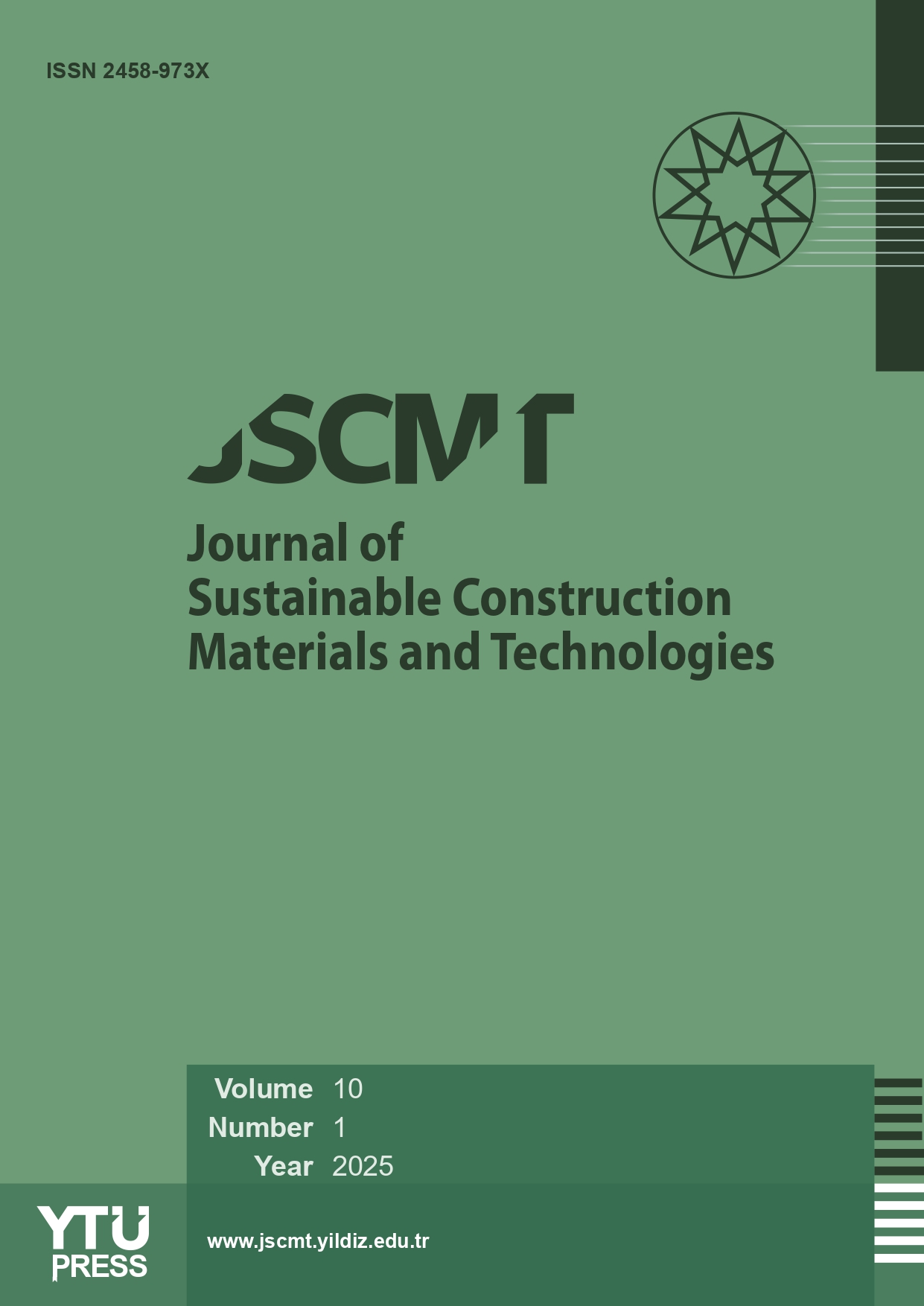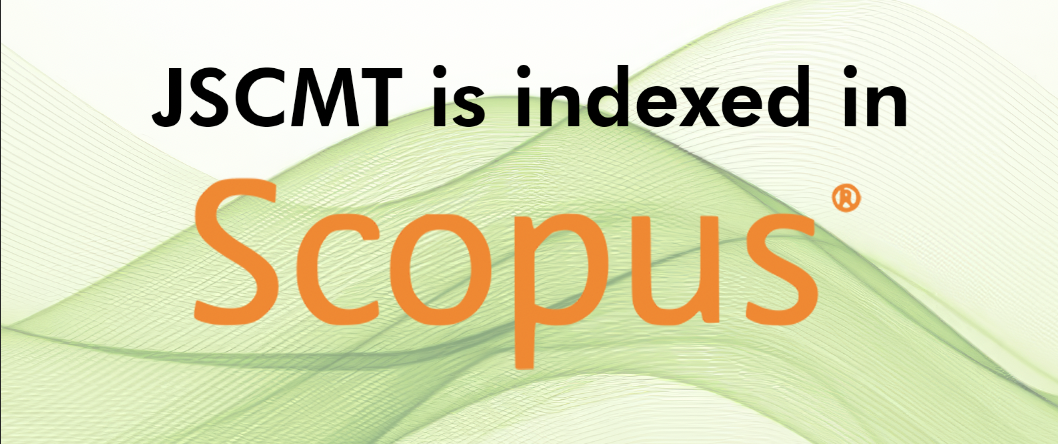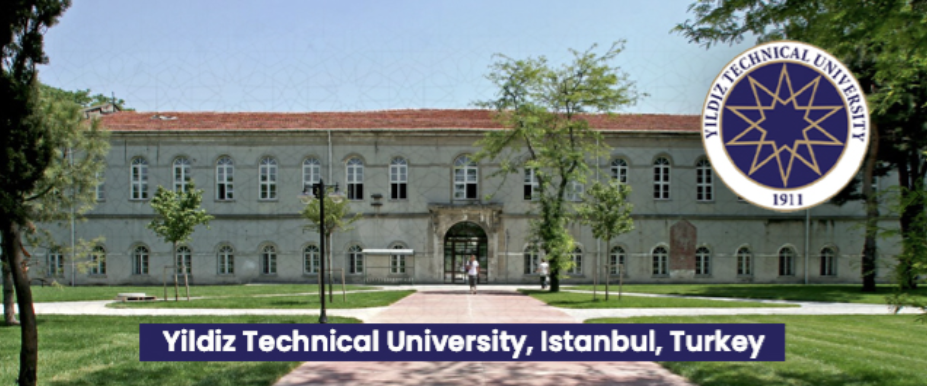2State Key Laboratory of Automotive Safety and Energy, Tsinghua University, Beijing, China
3School of Mechanical Engineering, Shandong University, Jinan, China
Abstract
In recent years, significant advancements in developing large-scale 3D printers and construction materials have been made to meet industrial-scale 3D printing construction demand. Constructing the buildings and structural components using 3D concrete printing is significant. The main benefits of additive manufacturing (AM) are freedom of design, construction waste reduction, mass customization, and the ability to manufacture complex structures. The major issues include optimizing the printing material with suitable properties for 3D concrete printing. However, this technology for green building construction seems to improve conventional methods by reducing human resource requirements, high investment costs, and formworks. The research community's interest in 3D printing for architecture and construction has grown significantly over the last few years. As a result, there is a need to combine existing and ongoing research in this area to understand better current problems and their potential solutions based on future research work. This paper reviews the latest trend of research and state-of-the-art technologies in 3D printing in building and construction by analyzing the publications from 2002 to 2022. Based on the above-mentioned analysis of publications, printing methods, concrete printing systems, and the influence of constituent materials and chemical admixtures on concrete material properties are briefly discussed. The challenges and recommendations of 3DCP, including reinforcement, development of new materials, multi-nozzle combinations, life cycle assessment of 3DCP, and development of hybrid systems, are then examined. This paper concluded with a discussion of the limitations of existing systems and potential future initiatives to enhance their capability and print quality.
















